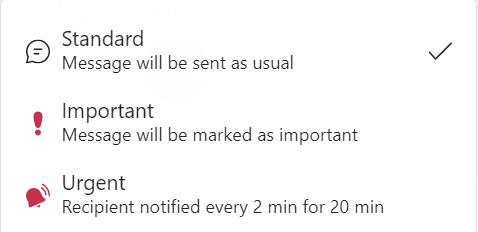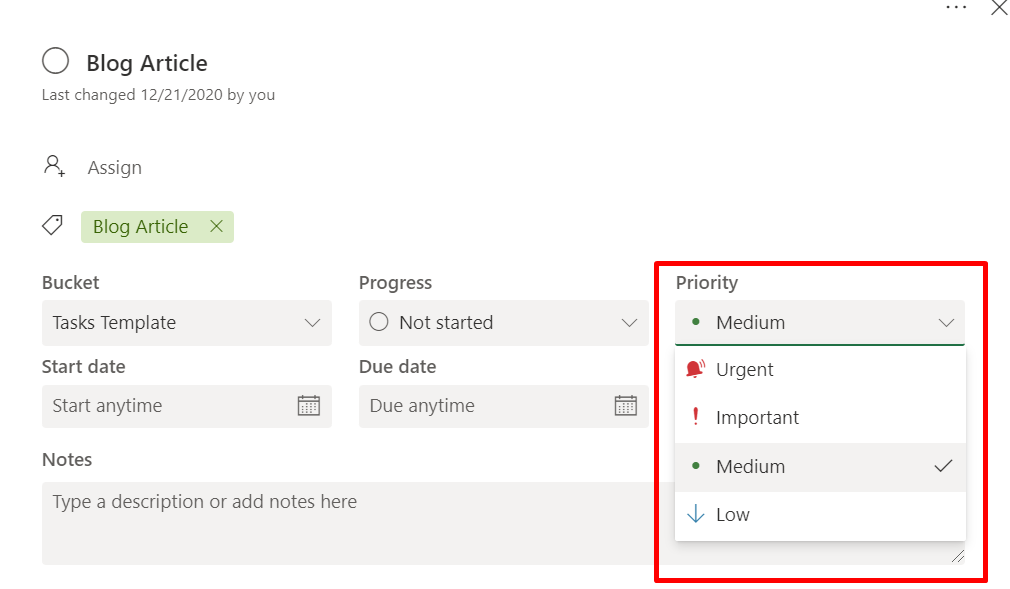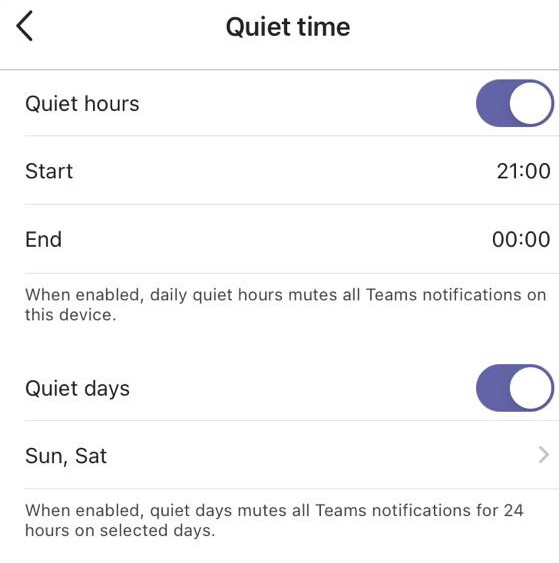Now that the majority of the organizations have opted for fully remote or hybrid work arrangements, asynchronous work has become a new norm, with people communicating and collaborating at their own time and pace through different locations and time zones.
Whether we like it or not, the traditional work setting where people work at the same place and time is becoming the thing of the past. The only thing left is to embrace asynchronous work and make the most of it. Luckily, the technology is keeping up with this trend. There are multiple tools and services that help not only adapt to the new work settings but also be more efficient than ever before.
In this blog post we will walk you through the concept of asynchronous work and how to embrace it with Microsoft Teams.
What is asynchronous work?
Working asynchronously means that collaboration between team members happens at their own time rather than together with others. Each individual completes their tasks according to their timetable but at the same time they’re well-coordinated with the rest of the team.
Similarly, asynchronous communication is not expected to be immediate. People reply at their earliest convenience rather than instantly.
Asynchronous work allows employees to give priority to their most important duties and gives them the freedom to choose when to work, at what rhythm, and for how long.
This trend gives us a glimpse of how the future of work will look like. Let’s understand what caused such a shift.
Why is asynchronicity the future of work?
Even though our lives are getting back to normal almost two years after the start of the pandemic, there seems to be no way back to the old way of working. Many organizations have decided to support remote or hybrid work, giving their employees the choice to work the way that suits them most. Tech giants responded instantly, offering us a variety of tools that help us communicate and work with our teams even on the go.
Now that everything is digital and collaboration is happening virtually, people start perceiving their work in a distinct way. Digital world lets people work at different times and from different locations, giving way to asynchronous communication and collaboration.
Some organizations decided to take a step forward and hire global teams where team members are scattered all over the world. Even though it’s a great way to expand your talent pool and hire the best people out there, it comes with its challenges. Working at the same time as others becomes almost impossible due to time differences. So, asynchronous work becomes the only option.
Digital meeting fatigue that followed the shift to remote work also made us realize that gathering everyone at the same time is not only unproductive at times but can also affect people’s wellbeing. Keeping the number of participants to minimum, recording meetings, and sharing meeting notes will help embrace asynchronous work while keeping everyone on the same page.
There are numerous advantages to this working trend, as well as a few pitfalls – nothing good organization can’t handle though! Let’s delve a bit on that.
Pros
Ability to focus
Since asynchronous work implies working at your earliest convenience, it removes the pressure for giving an immediate response. You can prioritize your own tasks and decide to answer later, depending on the urgency of the matter.
This gives you the advantage of having the possibility to focus without distractions that always come with meetings, messages from colleagues, emails, and other notifications that kill our productivity.
More autonomy and responsibility
Consequently, working asynchronously allows you to organize yourself and set up your own schedule. Being autonomous at work while taking into consideration team responsibilities increases the sense of accountability and helps your employees grow.
Easier onboarding
When the entire organization is working asynchronously, newcomers will also have to adopt the same working rhythm. And while that seems like a disadvantage rather than a benefit, in fact it makes the process easier for both the new employee and their manager.
Think about it, in most organization there are no written guidelines or a structured onboarding process in place. New employees simply blindly follow their manager and pick up tips from colleagues trying to ‘get the gist’.
This onboarding style wouldn’t work in an asynchronous world, which is why the onboarding is being defined and documented. Therefore, it’s more organized, making the entire experience for much easier for all the parties involved.
Flexibility
An obvious advantage of asynchronous work is that it offers you flexibility. Since you can organize your work as you see fit without looking back at the rest of your team, you’re also able to run other errands whenever you need, knowing that you can always come back to your work when it’s required.
This flexibility gives people more freedom to work at their own rhythm, making them happier employees. And happy employees are more productive, drive better results, and positively impact the entire organization.
Less time spent in meetings
When a company embraces asynchronous work, the number of meetings inevitably goes down with it since not everyone can attend them.
No one denies the importance of team meetings. However countless studies show that meetings are becoming a major productivity killer. This type of meetings is exactly what asynchronous work helps eliminate. Only key people and only on key matters. The rest may want to leave for meeting notes accessible to everyone or team announcements.
Cons
No immediate feedback
When you and your team work asynchronously you usually have to wait for a while until you get a response to your message or feedback on the task you’ve been working on. Sometimes it pushes you to be more independent and rely on your own judgement. However, there are times when an approval of someone from your team is mandatory. Or maybe your co-worker has more expertise on the matter, and you need their opinion.
Whatever the case is, it might take some time to get their response which may slow down the execution. To make sure this doesn’t affect key processes, you can set priority levels for your messages and tasks to let your team members know whether they need to prioritize your request.
Risk of micromanagement
Working outside the office and the usual 9-5 office hours implies that you’re creating your own schedule and organizing yourself independently. In asynchronous work the main focus is on the results that employees bring to the table, not the number of hours that they work.
However, for some managers it can be challenging to shift to this new format. Not being able to be physically present with the team and work at the same time as them may trigger micromanaging.
Less time for collective thinking
As important as it is to have time to focus on our individual tasks, synchronous work still remains key for many processes in the organization. Having your team members working together with you on a project at the same can help incite new ideas and better solutions. Brainstorming sessions and feedback sharing are still topical for any organization, and the more we work asynchronously, the less time we have for collective thinking.
However, there are ways to go around and challenge. Let’s walk through Microsoft Teams solutions that will help you get the most out of asynchronous work.
Microsoft Teams tools that support asynchronous work
Channel conversations
To make sure you are up to speed with your team you can keep them informed on all your work activities through channel posts.
You may want to choose the right channel that corresponds to the topic you’re covering, add a headline to your post so that your teammates can quickly grasp the point you’re making and @mention the right people to make sure the right people see your message. It also allows easier navigation among all the channels posts and facilitates surfacing the right content.
This is a great way to stay on the same page with your teammates when you work asynchronously and it encourages the culture of working in the open.
Learn more about Microsoft Teams channel best practices.
Delivery options and priority levels
In case you need someone to respond ASAP, you can choose delivery options for your chat messages. It can be Standard, Important, or Urgent.

You can also mark your channel posts as Important so that your team pay closer attention to your message.

If you and your team use Planner for task management, you may want to set priority levels for each task. This way, everyone can prioritize the most important tasks and keep the other ones for later.

Notifications
When you work asynchronously with others, you might receive messages and other notifications outside of your working hours and even on your weekends and days off. To make sure you disconnect from work you can configure quiet hours and quiet days on your mobile app. During that specific time, you won’t receive any work notifications.

Also, if you want to focus on your tasks during specific hours you may want to set up your focus plan through MyAnalytics. During your focus hours you’ll be free of meetings and any notifications.

Meeting recordings, transcripts, and notes
It’s important to keep the entire team on the same page when working asynchronously. While it may be challenging to do so through meetings due to time differences or distinct schedules, there’s still a way out.
You can keep the number of meeting participants to the minimum but record the meeting and then share it with the entire team. Teams can also generate meeting transcripts that you can easily share in a channel post, for example.

Another way to do it is through OneNote. Create a notebook where you’ll keep all the meeting notes and pin it as a tab in the right channel. This way, it will be visible and easily accessible to the entire team.
File sharing and co-editing
All the files you store in Files tab in Teams are automatically stored in the team’s SharePoint site accessible to all the team members.
This can be your file repository so that no information is lost or duplicated. Make sure to upload your documentation in the right channels and organize it in the right folders. Then, you can share your files through links and collaborate with your co-workers in real time.

This is a perfect solution for asynchronous work. Instead of forwarding the same file via email back and forth to your colleagues, you just maintain one version of it. You can also track any changes they make, leave comments and revise the document.
Learn more about best practices for file management in Teams.
Planner
These days teamwork seems impossible without task management tools. Especially when it comes to asynchronous work.
We at nBold use Microsoft Planner to organize your teamwork. This tool allows you to separate tasks into different categories, assign them to team members, add checklists, attach files and links, leave notes, and set priority levels with a timeline. This way, everyone know what task is assigned to them and when they need to finish them.
You can also create Planner templates that will replicate tasks from one team to another. You can learn more about them here.
Approvals
Approvals app in Microsoft Teams is definitely a tool you want to use to make asynchronous work much smoother. Instead of pinging to colleagues, IT, HR or the manager, your team members can send an approval request with all the details.
This will help to keep all the requests organized and no important matter will get lost among random messages.
You can send a request for approval for literally anything: days off, contracts, budget, IT matters, etc. To learn more about Approvals in Teams, head over to this article.
Templates
Another great solution that not only supports asynchronous work, but also improves collaborative processes and promotes operational excellence is team templates. Depending on the tool that you choose – the native one by Microsoft or 3rd apps such as SalesTim, you will be offered distinct capabilities.
You can learn more about the differences in this blog post.
With Collaboration Templates by nBold, you can customize your workspaces according to your specific use cases, provide your team with all the necessary tools they need for efficient collaboration through native and 3rd part app integrations, thus allowing them to execute faster and achieve consistent operational excellence. By providing your employees with pre-built structured workspaces you allow them to focus on key processes and be more efficient.
Contact our team to learn how Collaboration templates can help your organization achieve operational excellence on each key processes.

